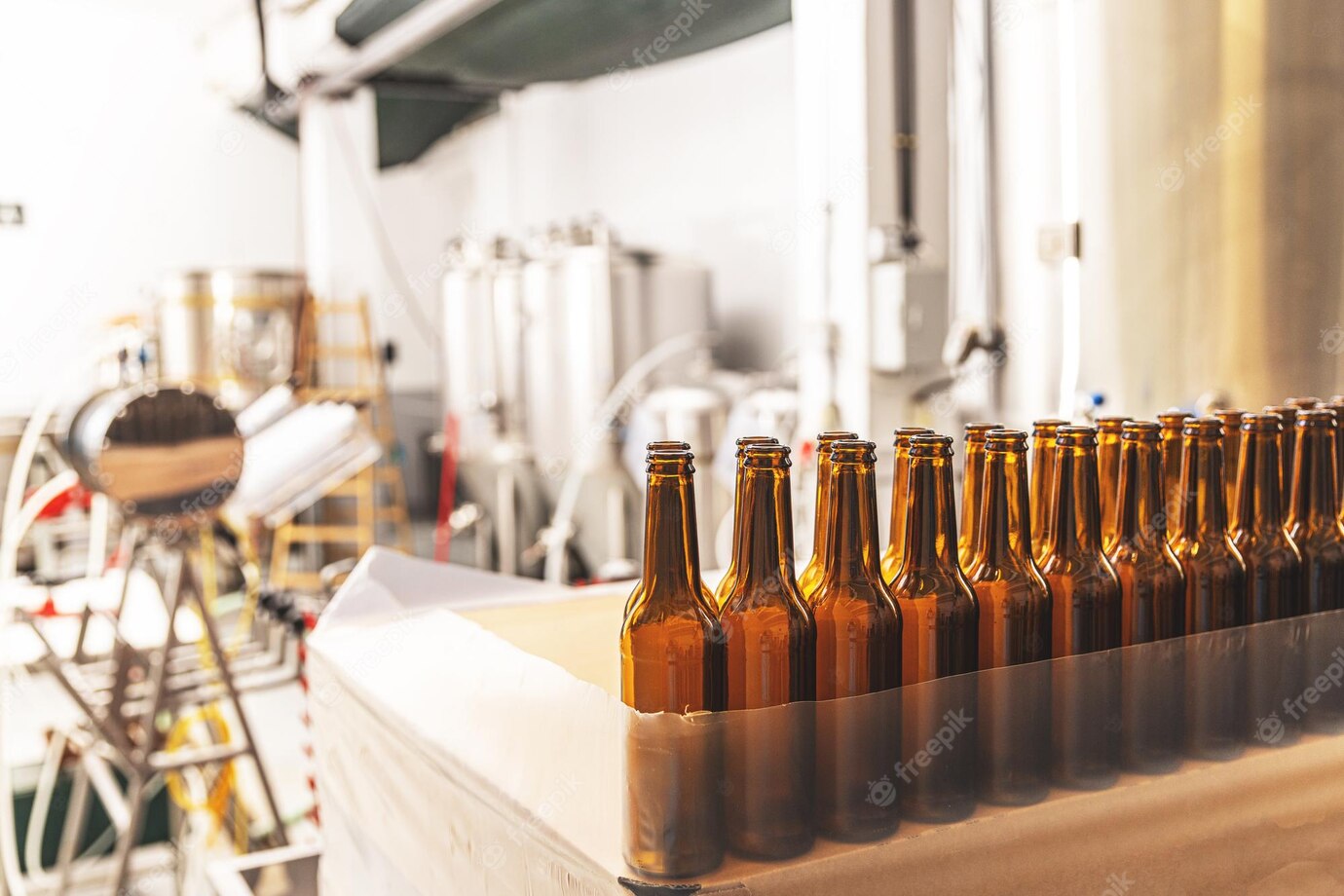Discover the secrets to perfecting light beer brewing! Click Here to Learn How!
Are you looking to craft the perfect light beer? Whether you’re a beginner or expertise homebrewer, this article is perfect for you. In it you’ll find a variety of helpful tips and tricks needed to craft the perfect light beer. From choosing the right grains, to determining the malt levels, this article will have you brewing light beers like a pro in no time.
Brewing Light Beers: Tips and Tricks
Light beers are quickly becoming one of the most popular drinks out there. From pale ales to pilsners, light beers offer something for everyone. But how do you brew the perfect light beer? Read on as we take a closer look at the tips and tricks you need to make the perfect light beer.
Grain Bill
When brewers are looking to create a light beer, attention needs to be paid to the grain bill. The grain bill for a light beer needs to be kept light, as the basic goal is to create a beer that is light in body and flavor. The best grains for brewing a light beer include pilsner malt, pale ale malt and light Munich malt. These grains will help create the light and crisp flavor that characterizes light beers.
In addition, some brewers will even use a small amount of wheat or oats to add a smooth texture to the beer. All of these grains should be lightly kilned and should provide a low amount of color, as these are the defining characteristics of a light beer.
Hops
Many light beers contain hop characters that are subtle, but still give off hints of floral, citrus, and/or spicy aromas or flavors. Brewers should focus on noble or traditional hops, such as Saaz or Tettnang, as these will provide the desired hop characters without overpowering the beer. Low-alpha acid hops may also be used, such as Hallertau, for a more subdued hop character.
Fermentation
For the best light beer results, brewers should use a lager yeast strain. Lager yeast is capable of producing light beers with low levels of both esters and phenols. It is also important to avoid high fermentation temperatures, as these can lead to off-flavors in the beer. The best temperature range for fermenting a lager is between 52°F and 57°F (11°C-14°C).
In addition to using lager yeast, brewers should consider using a secondary fermentation with a light beer. This will help reduce esters and phenols, as well as give the beer the light and crisp characteristics desired. Secondary fermentation should take place at cold temperatures, between 35°F and 45°F (2°C-7°C).
Other Considerations
Brewers will also need to consider a few additional aspects when brewing light beers. First, the amount of bitterness should be kept to a minimum. Light beers are usually not very bitter, and the bitterness should be kept to a maximum of 30 IBUs (International Bitterness Units). Second, light beers should be carbonated to a level of 2.2-2.6 volumes of CO2. This will help create the light and refreshing mouthfeel that light beers are known for.
Tips and Tricks for Brewing Light Beers
- Keep grain bill light with pilsner malt, pale ale malt and light Munich malt.
- Use noble or traditional hop varieties, like Saaz or Tettnang, for subtle hop characters.
- Fement with a lager yeast strain and avoid high fermentation temperatures.
- Optional secondary fermentation can help reduce esters and phenols.
- Keep bitterness to a low level of 30 IBUs.
- Carbonate to a level of 2.2-2.6 volumes of CO2.
Light beers can be a tricky style of beer to brew, but with a few simple tips and tricks, you can easily create the perfect light beer. The key is to keep the grain bill light and to choose the right hop and yeast varieties. The fermentation and carbonation levels also play an important role, so make sure to pay attention to these. With the right ingredients, you can easily craft a light and refreshing beer that anyone can enjoy.

